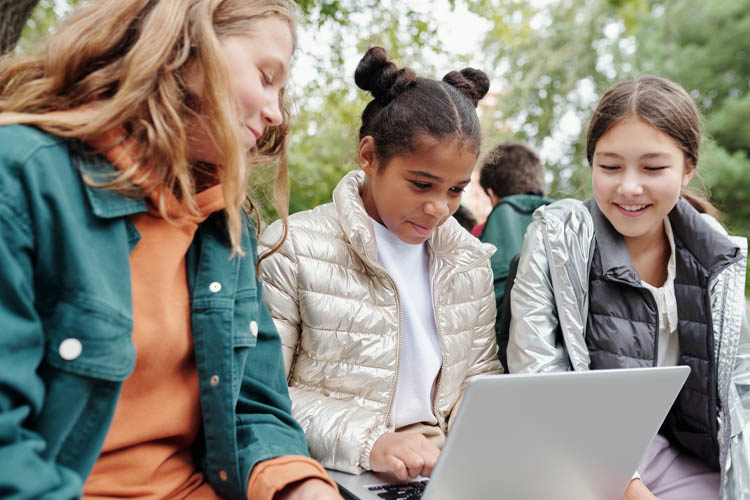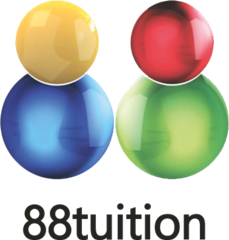‘Tell me and I forget. Teach me and I remember. Involve me and I learn.’ – Benjamin Franklin
Yes, getting a child actively involved in the process of learning is important. It is what makes the entire learning experience worthy and effective. However, there is one other important thing that parents need to understand – every child is unique! And for that exact reason, there exists no single strategy to get them to learn or perform better in their studies. Everything depends on how your child is, and when it comes to learning, everyone has a personal style.
The learning style that works for one might not work for another. But, thankfully, various research has looked into this and found basic strategies that we can apply. There are many learning schemes in use today, with extensive research and books written on them. It might be impossible to select a single one as best. But, there is one that is more popular and has shown better results than most. It is called VARK. Since it is fast approaching the year-end holidays, why not invest some time and effort in discovering your child’s learning style?
What is VARK?
VARK is a model explaining the basic types of learning styles. It is based on how people process the information they get and in what way they prefer to express or convey their ideas. It was developed in 1987 by a person called Neil Fleming. According to the VARK theory, there are four types of learners.
- Visual Learners
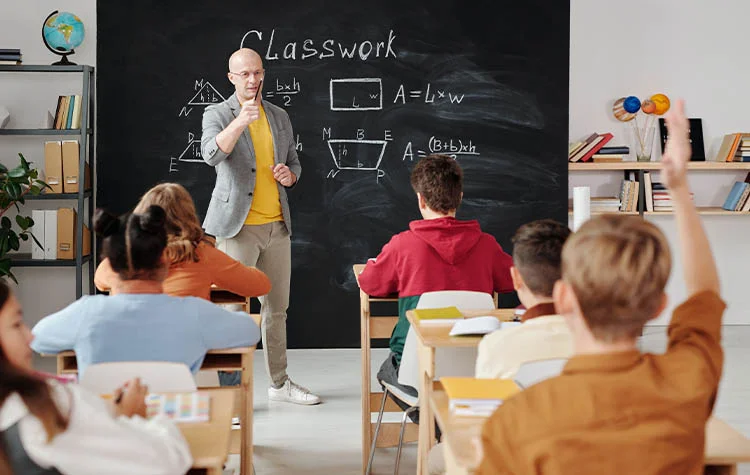
It involves learning through sight. The children who exhibit this type of learning learn better when information is presented visually in the form of images, diagrams, graphs, or videos. These children find it easier to understand content from PowerPoint presentations and information that are colour-coded or infographics. Using the blackboard to teach will help them understand the concepts better than reading it out to them. Their brains are more suited to processing visual information and finding the relationship between data. You can help them improve by presenting information in diagrams or flowcharts. Let them paint or draw their ideas. Buy them colourful post-it sticky notes and note-making accessories. It can help them improve their learning process.
- Auditory Learners
Such children pick up information that they hear more quickly. They might prefer listening to lectures or discussing with peer groups than reading from a book or viewing pictorial data. They often make use of rhyming, chunking, or other techniques to remember information. They can pick up languages faster. Reading to them would help them improve and learn more quickly. Audiobooks can aid in their pursuit of knowledge. Ask them to rephrase things in their own words. It will help them grasp ideas better.
- Visual Learners

It involves learning through sight. The children who exhibit this type of learning learn better when information is presented visually in the form of images, diagrams, graphs, or videos. These children find it easier to understand content from PowerPoint presentations and information that are colour-coded or infographics. Using the blackboard to teach will help them understand the concepts better than reading it out to them. Their brains are more suited to processing visual information and finding the relationship between data. You can help them improve by presenting information in diagrams or flowcharts. Let them paint or draw their ideas. Buy them colourful post-it sticky notes and note-making accessories. It can help them improve their learning process.
- Auditory Learners
Such children pick up information that they hear more quickly. They might prefer listening to lectures or discussing with peer groups than reading from a book or viewing pictorial data. They often make use of rhyming, chunking, or other techniques to remember information. They can pick up languages faster. Reading to them would help them improve and learn more quickly. Audiobooks can aid in their pursuit of knowledge. Ask them to rephrase things in their own words. It will help them grasp ideas better.
- Visual Learners

It involves learning through sight. The children who exhibit this type of learning learn better when information is presented visually in the form of images, diagrams, graphs, or videos. These children find it easier to understand content from PowerPoint presentations and information that are colour-coded or infographics. Using the blackboard to teach will help them understand the concepts better than reading it out to them. Their brains are more suited to processing visual information and finding the relationship between data. You can help them improve by presenting information in diagrams or flowcharts. Let them paint or draw their ideas. Buy them colourful post-it sticky notes and note-making accessories. It can help them improve their learning process.
- Auditory Learners
Such children pick up information that they hear more quickly. They might prefer listening to lectures or discussing with peer groups than reading from a book or viewing pictorial data. They often make use of rhyming, chunking, or other techniques to remember information. They can pick up languages faster. Reading to them would help them improve and learn more quickly. Audiobooks can aid in their pursuit of knowledge. Ask them to rephrase things in their own words. It will help them grasp ideas better.
- Reading/Writing Learners
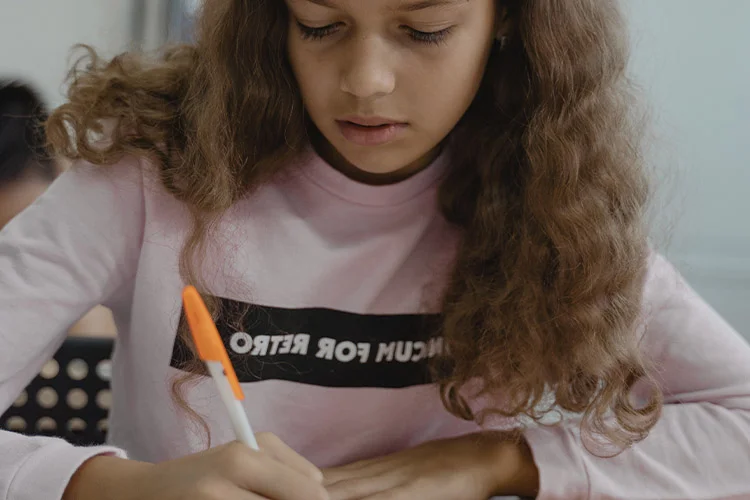
Such children are more comfortable with textual learning. They might learn better with reading, writing, making notes about diagrams, and so on. They make detailed notes of their lectures and study materials. Journaling, using flashcards, creative writing tasks all can help them learn better.
- Kinesthetic Learners
Such children learn better through experience. They apply a more hands-on approach to learning. These are the children who would be more interested in experiments or starting personal projects. They also learn by acting out scenarios and trying to figure out how somebody thinks. You can help them by tagging them along and performing experiments to explain how things work. Try creating games that help explain different concepts they need to learn. Make the content into a skit or a dance number. All these can help keep their brain engaged and learn better.
Even though no child can be categorized into a single section out of the four. As mentioned above, there might be one predominant style your children prefer. Try to figure out what it is. You can then apply suitable methods to help them learn better. Check out the VARK website, and you can find questionnaires to help you better identify what sort of learning style your children are comfortable with.
https://vark-learn.com/introduction-to-vark/
What can you do to help?
Get involved
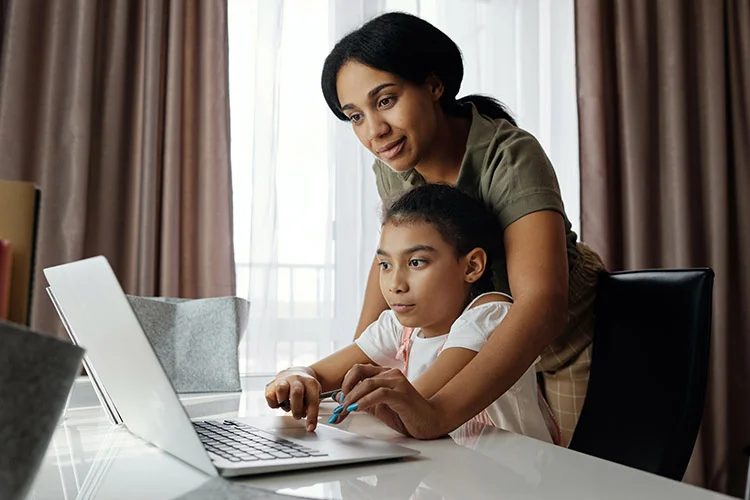
Studies have shown that children learn better when their parents are involved in their learning process. If you want your children to pick up your mother tongue, talk to them in it, or you want them to understand a concept better, sit down beside them and help them understand. Make sure your involvement is welcomed by them and is not intruding on their learning process.
Engage in conversations
Talk to your children and try to understand the issues they are facing. Remove any obstacles in their path. Your children might not understand or realize what sort of learning method is suited for them. Help them identify and apply the proper learning techniques.
Talk to your children and try to understand the issues they are facing. Remove any obstacles in their path. Your children might not understand or realize what sort of learning method is suited for them. Help them identify and apply the proper learning techniques.
Create a friendly atmosphere
Create an atmosphere where they can follow their methods in peace.
Allot a study space for them where they won’t be disturbed. Buy the items they need for learning like journals, visual aids, colourful papers, and other things they might require.
Encourage “out of the box” thinking
Encourage your children to think differently. Tell them that there is no one way to learn. Give them the freedom to experiment, question, and try different methods to learn. It can help the mind out what works for them better.
Read to them
Read to your children from a young age. It will help improve their auditory cognition and information retaining abilities.
We hope you find these pointers helpful. We wish your children all the best in their pursuit of knowledge! 🙂
What is VARK? How to use VARK to find your learning style to be a better learner! –
Exam Smart Tips
Exam Smart Tip #1 – How to Encourage Our Kids to Speak Better?
Exam Smart Tip #2 – How to avoid carelessness?
Exam Smart Tip #3 – Establishing Routines!
Exam Smart Tip #4 – Let’s Read Carefully!
Exam Smart Tip #5 – Beating the Exam Fever!
Exam Smart Tip #6 – How to Eat Right for the Exams?
Exam Smart Tip #7 – How to Avoid a Meltdown?
Exam Smart Tip #8 – Taking Stress out of Tests
Who We Are
Mission statement – “Empower every student to achieve full potential”
88tuition Pte Ltd offers the best PSLE Tuition Singapore for children looking to ace the PSLE exam. With effective learning materials and high-quality explanatory videos by experienced trainers, children are provided with the best online PSLE tuition.
With the basics learnt well, children will be able to grasp advanced concepts easily. Looking for the best PSLE math tuition, PSLE Science tuition and PSLE English tuition in Singapore? 88tuition has got you covered. The online training videos and assessments are designed in a way that children are made to enjoy the learning process.
UEN 201817310C
271 Bukit Timah Road; #03-08; Singapore 259708

